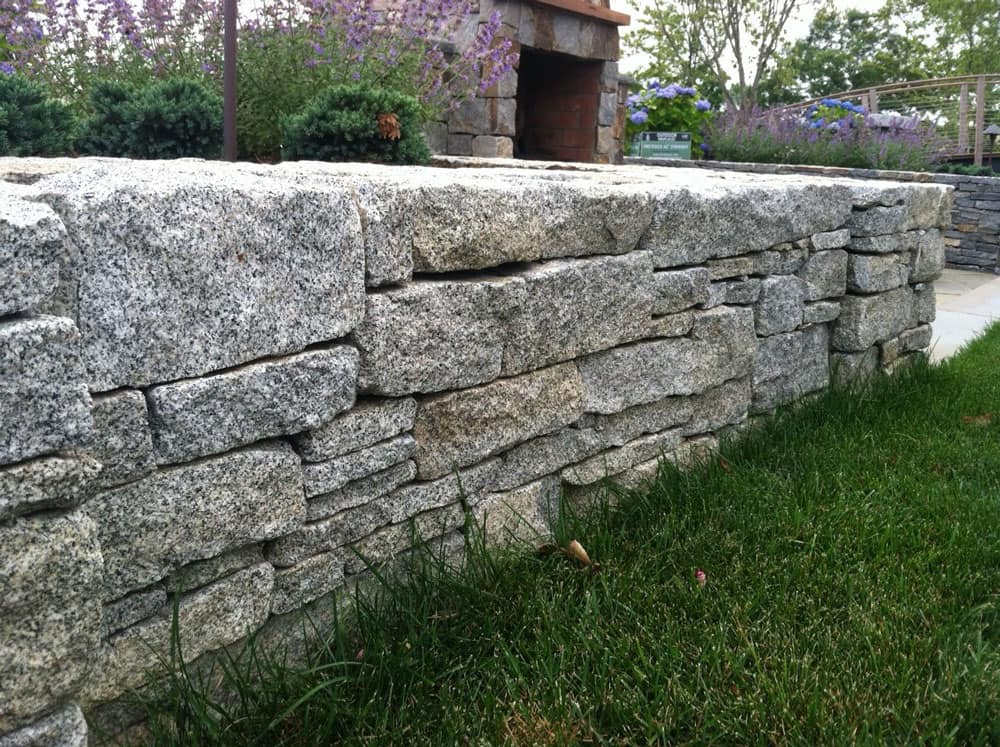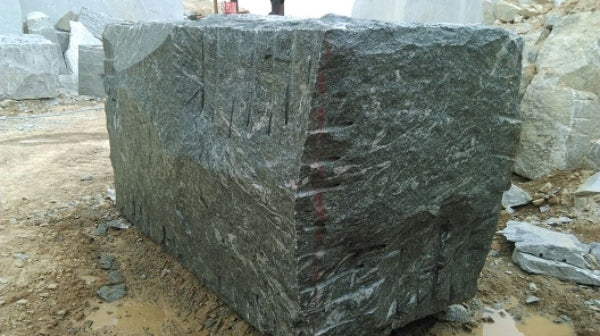From Stone to Grandeur: Unearthing the Tricks of Granite Quarries
' From Rock to Splendor: Discovering the Keys of Granite Quarries' is an exploration into the remarkable globe of granite quarries. This thorough research study delves into the history, removal procedure, devices, and strategies used in granite quarrying. It also clarifies the transformation of raw granite right into building wonders, showcasing the detailed workmanship associated with creating spectacular frameworks. The book checks out the impact of granite quarries on the environment, offering valuable insights into sustainable practices and ecological preservation. With its thorough study and appealing story, 'From Rock to Grandeur' uses a beneficial source for experts, researchers, and enthusiasts in the area of quarrying and style.
The Background of Granite Quarries

In ancient Egypt, granite quarries were tactically located along the Nile River, offering simple access to deliver the hefty rock blocks. The popular pyramids of Giza, consisting of the Excellent Pyramid, were created making use of granite sourced from these quarries. In old Greece, the island of Naxos was renowned for its high-grade white marble, which was quarried and made use of in the building of renowned buildings like the Parthenon.
The Roman Empire also counted greatly on granite quarries, specifically in the building and construction of their grand architectural projects. The Colosseum in Rome, for instance, was constructed making use of granite sourced from quarries in Egypt and Greece. The Romans better progressed the quarrying methods, employing competent craftsmen and engineers to remove and transportation granite throughout huge distances.
Today, the legacy of these old granite quarries continues to inspire modern-day style and building. The knowledge and know-how acquired from centuries of quarrying have been given with generations, guaranteeing that granite continues to be a treasured and popular structure material.
The Removal Process of Granite
Having actually explored the historic relevance of granite quarries, we currently look into the intricacies of the extraction process, which is an important step in changing raw stone into the wonderful structure product it ends up being. The extraction process of granite entails a number of phases, beginning with the preliminary exploration and recognition of prospective quarry websites. Once an ideal site is discovered, the removal process begins with the elimination of overburden, which describes the soil, plants, and other materials covering the granite down payment.
After the overburden is eliminated, the following action is piercing and blasting. This involves boring openings into the granite utilizing specialized equipment and afterwards inserting explosives into the openings. The nitroglycerins are detonated, fracturing the granite into workable items. These items are then more broken down into smaller sized dimensions using machinery like diamond cord saws or hydraulic splitters.
When the granite is broken down right into smaller sized dimensions, it is filled onto trucks or conveyor belts and moved to a processing facility. At the handling center, the granite is more refined through cutting, shaping, and polishing processes. granite quarries in rustenburg. This is done utilizing different cutting and polishing devices, such as brushes, mills, and saws, to attain the wanted finish, size, and shape
Tools and Methods Used in Granite Quarrying
Granite quarrying includes the utilization of a selection of tools and techniques to remove the stone from the planet's surface. One of the key devices used in granite quarrying is the ruby wire saw.
Another vital tool in granite quarrying is the boring equipment. This device is made use of to create holes in the granite, which are after that filled with dynamites. Once the dynamites are detonated, they crack the granite, making it simpler to extract from the quarry. The boring equipment is equipped with special drill little bits that are made to endure the solidity of the granite.
In enhancement to these devices, there are numerous methods utilized in granite quarrying. These methods, along with the use of sophisticated her comment is here machinery, have actually made granite quarrying extra reliable and much less labor-intensive.
Transforming Raw Granite Into Architectural Marvels
After the removal process, the raw granite undergoes a transformative trip to become amazing building marvels. The extracted granite blocks are transported to a manufacture facility where they are reduced right into slabs of numerous thicknesses making use of sophisticated cutting tools such as ruby wire saws.
As soon as the slabs are ready, they can be more processed to fulfill certain design demands. Proficient craftsmen utilize advanced equipment and tools to form the granite right into desired kinds, such as counter tops, floor covering tiles, or complex sculptures. This process needs meticulous interest to information Get More Information and proficiency to make certain that the final product fulfills the best standards.
Following, the ended up granite pieces are meticulously checked for any kind of flaws or imperfections. Any kind of minor problems are resolved, and the pieces are carefully cleaned up to get rid of any type of dirt or particles. The transformed granite is packaged and prepared for transportation to its desired location.

The Influence of Granite Quarries on the Environment
The ecological influence of granite quarries is a considerable issue that should be resolved in order to make sure lasting practices in the stone sector. Granite quarries can have a detrimental effect on the surrounding atmosphere, consisting of the destruction of habitats, contamination of air and water, and the generation of too much sound and dust.
Among the primary issues is the damage of all-natural environments. Granite quarries frequently include the elimination of huge amounts of plant life and topsoil, resulting in the displacement of wild animals and disturbance of communities - granite quarries in rustenburg. This loss of biodiversity can have resilient repercussions for the surrounding environment
Another major concern is the air pollution of air and water. Quarrying activities can launch harmful toxins right into the atmosphere, such as particulate matter and hazardous gases. These click to find out more contaminants can add to air contamination and have negative health effects on both humans and wildlife. Furthermore, the removal of granite can lead to the contamination of close-by water sources with the discharge of chemicals used in the quarrying procedure.

To alleviate these environmental impacts, the stone sector must embrace lasting techniques. This includes carrying out actions to minimize habitat damage, enhancing air and water air pollution controls, and implementing efficient dirt and sound reductions strategies. In addition, reclamation efforts must be undertaken to bring back quarried locations to their natural state and sustain the regrowth of biodiversity.
Conclusion
In conclusion, granite quarries have played a significant duty fit human background and continue to add to building marvels. The extraction procedure involves the use of specialized tools and strategies, transforming raw granite into spectacular structures. However, the effect on the environment should be very carefully handled to make certain sustainability. Recognizing the tricks of granite quarries enables us to appreciate the craftsmanship and beauty that can be derived from this natural source.
' From Stone to Natural Beauty: Uncovering the Tricks of Granite Quarries' is an exploration right into the interesting world of granite quarries. The background of granite quarries can be traced back to old times, with proof of quarrying activities found in old Egypt, Greece, and Rome. The Colosseum in Rome, for example, was developed utilizing granite sourced from quarries in Egypt and Greece - granite quarries in rustenburg. These techniques, along with the usage of sophisticated equipment, have made granite quarrying more reliable and much less labor-intensive. Additionally, the removal of granite can result in the contamination of close-by water resources with the discharge of chemicals made use of in the quarrying process